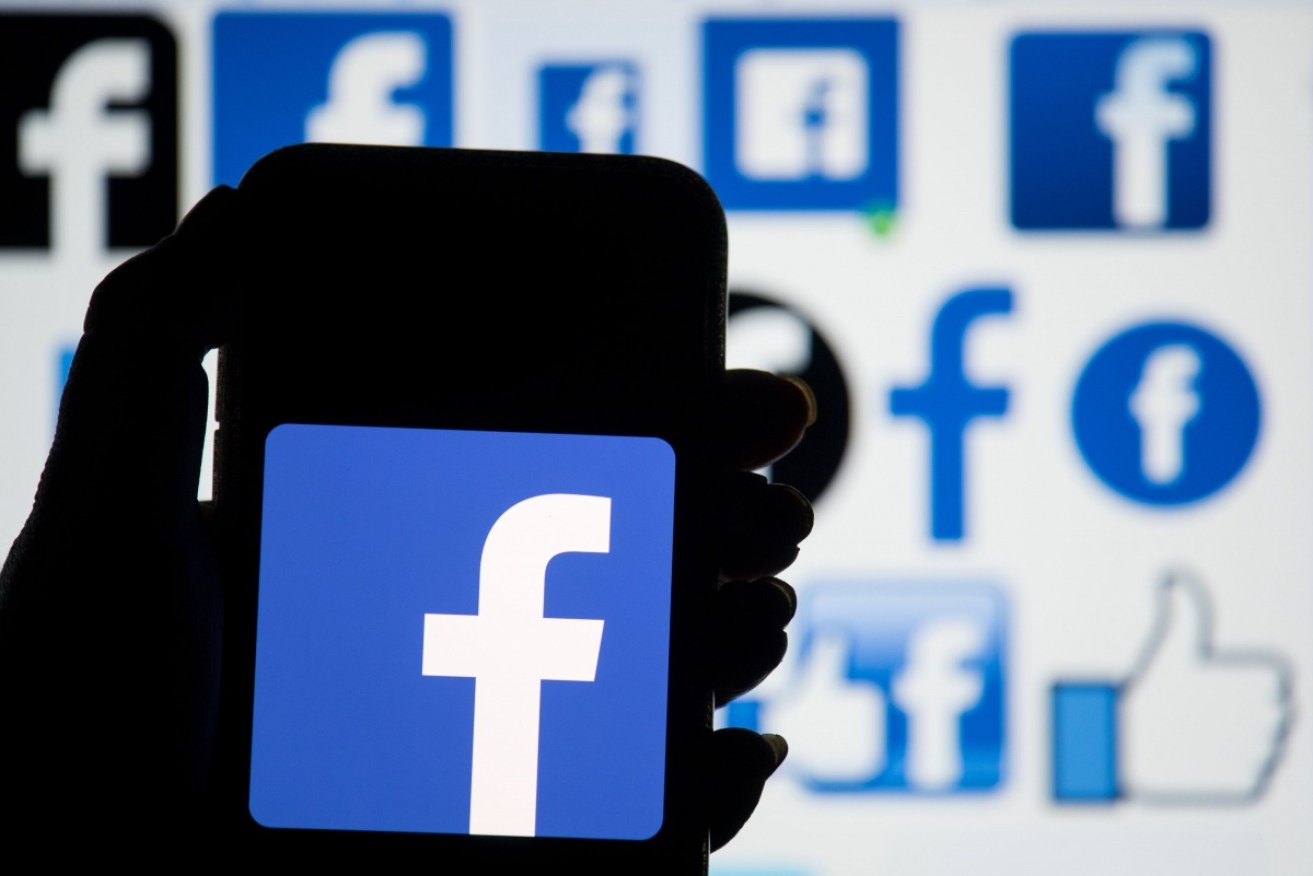Facebook’s grip on teen audience is slipping away: survey

Hard hit by privacy violations, Facebook is now losing its grip on the teen audience. Photo: AAP
A Pew Research Centre survey shows that 85 per cent of US teens, aged 13 to 17, use YouTube, compared with 72 per cent for the Facebook-owned Instagram and 69 per cent for Snapchat.
Facebook use among teens has also dropped to 51 per cent from 71 per cent since the 2014-15 survey.
The organisation did not speculate on a reason for the drop, though historically, teens often shun services once they become mainstream — and used by their parents.
Facebook is not invulnerable. It has to face pressure from regulators, advertisers and users ready to log off, writes Ariel Bogle.
They are still using the internet though, with 45 per cent saying they use it “almost constantly”. That’s nearly double the number from the last survey.
Plenty of experts have voiced concern about social media by younger users, though much of the criticism has been directed at pre-teen audiences, including a version of Facebook Messenger designed for children.
The teens themselves have divided opinions on whether social media is good for them — nearly a third say it’s a good thing, almost a quarter reckon it has a negative effect, and roughly half think it is neutral.
Released this week, the survey of 743 teens was conducted March 7 to April 10 and has a margin of sampling error of plus or minus 5 percentage points.
Trending news gets the chop
Facebook has also decided to take a blade to its beleaguered trending news feature.
The social media giant says the trending section, which is barely out of its infancy, is now outdated and wasn’t popular.
It also proved problematic in ways that would presage Facebook’s later problems with fake news, political balance and the limitations of artificial intelligence in managing the messy human world.
When Facebook launched the tool in 2014 as a list of headlines to the side of the main news feed, it was a straightforward move to steal users from Twitter by giving them a quick look at the most popular news of the moment.
It fit nicely into chief executive Mark Zuckerberg’s pledge just a year earlier to make Facebook its users’ “personal newspaper”.
But that was then.
Fake news was not yet a popular term, and no foreign country had been accused of trying to influence the US elections through social media, as Russia later would be.
Trending news that year included the death of Robin Williams, Ebola and the World Cup.
Facebook is now testing new features, including a breaking news label that publishers can add to stories to distinguish them from other chatter, and wants to make local news more prominent.
The company is also funding news videos, created exclusively for Facebook by outside publishers it would not yet name.
It plans to launch this feature in the next few months.
– AP/ABC








